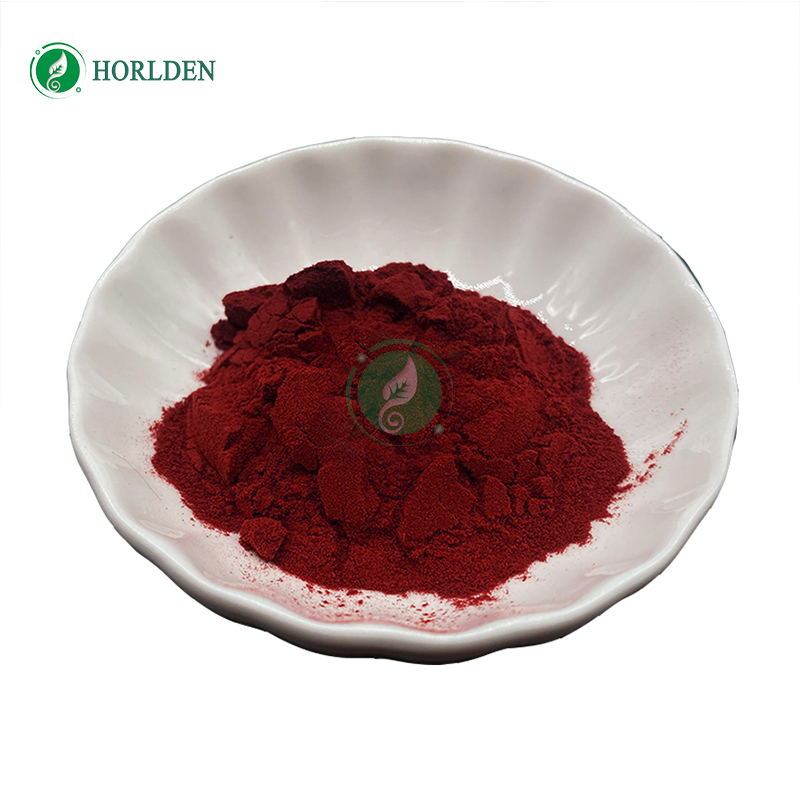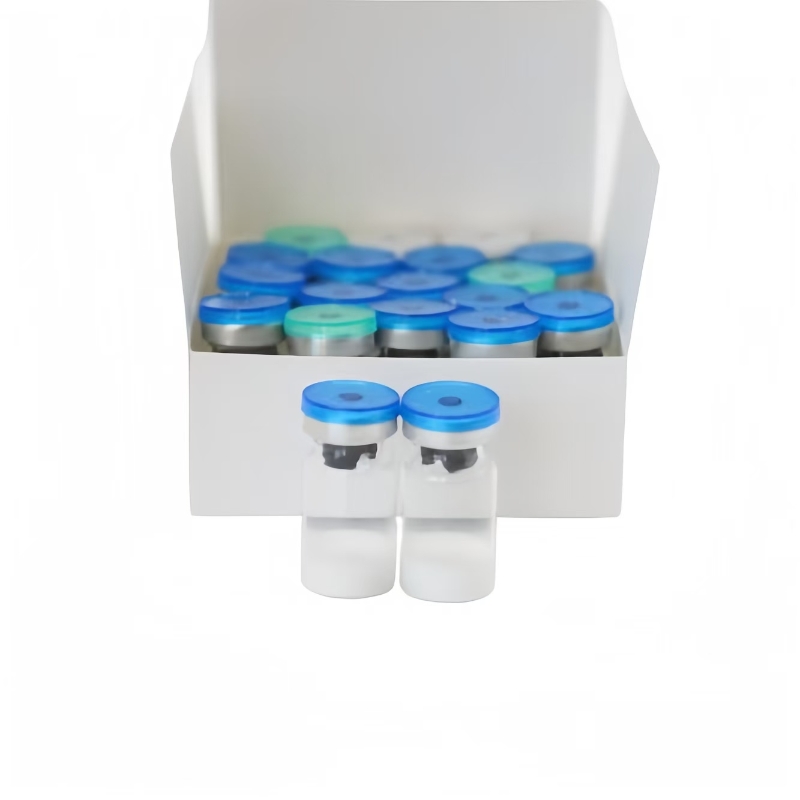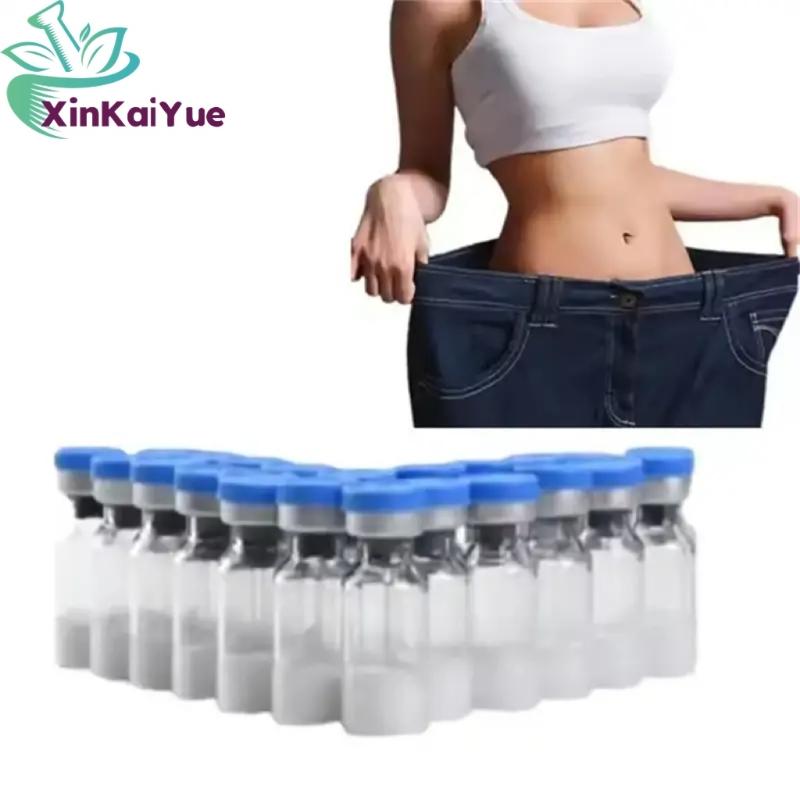Competitive pattern of insulin and GLP-1 receptor agonists in China
-
Last Update: 2018-06-04
-
Source: Internet
-
Author: User
Search more information of high quality chemicals, good prices and reliable suppliers, visit
www.echemi.com
According to IDF statistics, in 2017, there were 425 million diabetics in the world, including 114 million in China, accounting for about 25% of the world, ranking first in the world Although the insulin market belongs to the stock market and the replacement speed is slow, with the years of efforts of Tonghua Dongbao and Ganli pharmaceutical industry, the market share of domestic insulin is close to 30%, and the domestic alternative import has formed an irreversible trend Tonghua Dongbao Pharmaceutical Co., Ltd and Ganli Pharmaceutical Co., Ltd started the localization of the second and third generation insulin respectively After more than ten years of market deepening, they have entered the harvest period Thanks to the rapid development of the insulin market as a whole, more and more pharmaceutical companies are attracted to join the competition in this field In 2017, the domestic insulin market scale was about 16-18 billion yuan, and the domestic insulin market share was about 30%, of which Tonghua Dongbao and Ganli pharmaceutical accounted for 25% in total, respectively competing with foreign enterprises in the second and third generation insulin markets Insulin products have a long history and unique features Animal insulin has been on the market for nearly one hundred years, and it has a history of nearly 40 years as the first gene engineering drug But until now, the insulin market is still dominated by patent drugs This is because the therapeutic window of insulin is very narrow, the concentration of insulin in blood must be strictly controlled, and the secretion of physiological insulin includes basic insulin and meal insulin Long acting insulin and quick acting insulin in the three generations of insulin simulate the secretion characteristics of basic insulin and meal insulin respectively, so as to achieve the purpose of optimal control of blood glucose However, up to now, the main three generations of insulin products have gradually exceeded the patent protection period The new generation of insulin, such as once a week insulin and oral insulin, seems to be a long way from success With the listing of insulin glargine and insulin lispro in Europe and the United States, insulin will finally enter the era of competition between generic drugs and patent drugs in the foreseeable future Since its birth, domestic insulin has been mainly made of generic drugs, such as Tonghua Dongbao's second-generation insulin and Ganli pharmaceutical's third-generation insulin, including insulin glargine and insulin lysine Although there are occasionally new drugs in the field of insulin, such as Hengrui's declaration of acylated insulin ins061 (the mechanism of action should be similar to that of degu insulin), Hefei Tianmai's declaration of lysine insulin (the mechanism of action should be similar to that of glargine insulin, and the half-life can be prolonged by changing the isoelectric point), these new drugs are still innovative and have certain development risks In addition to new drugs, there are some breakthroughs in the field of insulin For example, Tonghua Dongbao spent $135 million to obtain the domestic and other regional rights of French adassociate company's super fast insulin and long-acting / quick acting insulin compound products Adiocia is a French company founded by chemist g é rard soulA and his two sons Olivier and R é MI Instead of developing a new insulin, adassociate has developed a small molecular material called biochaperone, a so-called "biological companion" that makes insoluble proteins soluble As the isoelectric point of insulin glargine is designed to be close to neutral, the precipitate is released slowly after subcutaneous injection to achieve long-term effect This determines that insulin glargine can only be used as an acid preparation, and it can not be mixed with the quick acting insulin of other neutral preparations Biochaperone, on the other hand, makes insulin glargine soluble under neutral conditions, thus mixing with fast acting insulin From the perspective of market, super quick acting insulin is more a concept, because it is fast enough in fact, and it seems unnecessary This may also be the reason why Lilly gave up the cooperation with adassociate As for the mixture of long-acting insulin and quick acting insulin, currently only ryzodeg of Novo Nordisk is on the market We need to know that Lilly and Sanofi have both imitated each other's insulin products, that is, they both have insulin glargine and insulin lispro, but the two did not cooperate with adassociate, instead, Tonghua Dongbao took the lead in reaching cooperation According to Xiaobian, this is related to the market environment at home and abroad The European and American markets pay more attention to the fine blood glucose control, and the basal bolus scheme is the main one, that is, the long-term insulin accelerated effect insulin combination treatment The advantage of the combination treatment is that the proportion of the two can be flexibly adjusted to meet the individualized treatment needs The treatment of diabetes in China is more extensive, and the premixed insulin with less injection is more inclined (the proportion of premixed insulin in China is 65%, much higher than 10-20% in Europe and America) Although the compound product can be given one less injection, it can only fix the proportion, which is not easy to adjust flexibly according to personal situation It can also be seen from the sales of ryzodeg that in 2017, the sales of tresiba was US $1.2 billion, while the sales of ryzodeg was only US $0.8 billion, both of which were listed at the same time, but the proportion of the application of Dexin / Mendong compound products in European and American markets was slightly smaller Therefore, the main market prospect of Tonghua Dongbao's introduction of adassociate technology is the compound product of insulin glargine / insulin laiproline, but it will face the competition of pioneer degu / Mendong In addition to the innovation of individual generic drugs and dosage forms, the competition in the field of insulin is basically reflected in the industrialization Tonghua Dongbao and Ganli Pharmaceutical Co., Ltd., two leading enterprises, have a production scale of more than 30 tons Zhuhai federal, Jiangsu Wanbang, Haizheng pharmaceutical, Lunan new era, dongyangguang and other distribution insulin industries have also had a long time, and they all have a certain scale of production capacity In addition, there are also some new pharmaceutical companies entering the competition, such as Sihuan Pharmaceutical Co., Ltd buying 5 insulin projects of Chongqing paijin with 66 million yuan in August 2014; Lepu Medical Co., Ltd holding Liaoning Boao with 540 million yuan in October 2017, obtaining its insulin glargine; Tianshi Medical Co., Ltd invested 50 million dollars in Gemini in December 2017 (Shen Chun, founder of Gemini, and Gan zhongrujun, chairman of Ganli Pharmaceutical Co., Ltd In April 2018, Yifan pharmaceutical purchased the third generation insulin production technology of summit bioteck Co., limited with 250 million yuan Generally speaking, the competition in the field of insulin in China is mainly based on the industrialization ability at present, and in the future it will be mainly based on the marketing channel competition and price competition after listing Because the cost of insulin per capita is only 1000-3000 yuan / year, the market size of 10 billion level is followed by 10 million level of diabetes patients In addition, insulin is used for chronic disease for a long time, and the dosage and insulin pen are adjusted and adapted to have strong user stickiness Taking Tonghua Dongbao and Ganli pharmaceutical industry as examples, it took more than ten years to achieve a market share of 25% In the future, with the competition of many pharmaceutical enterprises, localization will accelerate, but the competition of many domestic pharmaceutical enterprises will be more understood and the competition pattern will be more complex The competition of production efficiency and sales channels has become the core Enterprises with diabetes drug sales, especially insulin products, will have great first mover advantages, and later challengers will often pay a greater price In 2017, the market scale of GLP-1 receptor agonist in China was only 400 million yuan, and lilalutide of Novo Nordisk accounted for more than 55% of the market share, and the rest was exenatide The domestic GLP-1 market size is only about 1% of the global GLP-1 market size, far less than the proportion of insulin On the one hand, it is due to the late entry into the market, on the other hand, it is due to the high price (5-10 times of the cost of insulin treatment), on the other hand, the patients' cognition of GLP-1 is obviously poor, so they need to continue to carry out market education In 2017, China's guidelines for the treatment of type 2 diabetes clearly pointed out that GLP-1 receptor agonists are dual therapy drugs From the mechanism of action, GLP-1 receptor agonist can promote insulin secretion, protect islet β cells, delay gastric emptying and reduce appetite It is a safe hypoglycemic drug, without hypoglycemia risk, and can significantly reduce weight In recent two years, the cardiovascular benefits of lilalutide, dulaglutide and somalutide have been confirmed Overall, the potential market space of GLP-1 receptor agonists is huge, which breeds new opportunities Different from insulin, there are many new drugs in GLP-1 receptor agonist field, but not many generic drugs In addition to some micro innovative new generic drugs, there are also some distinctive innovative drugs, such as gma102: GLP-1R antibody / GLP-1 fusion protein developed by Hongyun Huaning Because of the combination of GMA antibody and GLP-1 with GLP-1R, we can see its unique structure design and ingenious mechanism of action According to the literature, the opening of the extracellular and transmembrane regions of GLP-1R is a key step in the combination of GLP-1 and GLP-1R The binding of GLP-1R antibody to GLP-1R is conducive to the opening of the occlusal state of the extracellular and transmembrane regions of GLP-1R, thus facilitating the binding of GLP-1 and GLP-1R, thus activating the downstream signaling pathway In general, the structural design features of gma102 are as follows: the eighth position of GLP-1 is mutated, the DPP-IV site is removed, and the half-life of GLP-1 is prolonged; l inker adopts the sequence rich in glycine and serine, which are small side chains, giving linker enough flexibility, without affecting the binding of GLP-1 and GLP-1R (but l Inker itself will increase immunogenicity, which needs to be optimized to the minimum); in addition to Hongyun Huaning, the research and development of GLP-1 receptor agonists are basically based on imitation Sansheng directly introduces domestic rights and interests of AstraZeneca exenatide The GLP-1 independently developed by hausen pharmaceutical once a week has been reported for production, which is a branch type PEG modified GLP-1 Tianshili introduced heterozygous Fc fusion GLP-1 from genexine, South Korea, Changshan pharmaceutical introduced albumin chemical coupling exenatide from kangjiu chemical, Dongfang Baitai has applied for independent development of Fc fusion exenatide, Taikang biological has applied for albumin fusion GLP-1, yinnuo pharmaceutical has applied for Fc fusion GLP-1 (FC is IgG2 subtype) These products are similar to dulaglutide and abirotide in design Albumin or Fc fusion is used to achieve long-term effect, and chemical coupling is also used in technology In general, the GLP-1R antibody / GLP-1 fusion protein of Hongyun Huaning, which has technical characteristics in China, may have better clinical effect due to its dual mechanism of action In addition, GPCR antibody itself belongs to the new trend of antibody drug research and development By23, a long-acting GLP-1 drug, was developed by Biyang biology In the structure, the igg4-like immunoglobulin was used to fuse GLP-1, and GLP-1 was innovatively fused in the C-terminal of IgG At the same time, the engineering transformation of FC pair was carried out with innovative technology to improve its interaction with FcRn (NEO natalfc receptor) and further extend the half-life of the fusion protein This molecular structure has been applied for domestic patent, and is in the pre clinical research stage In vivo studies of cynomolgus monkeys have found that by23 has a half-life of about 4 times that of dulaglutide (data of dulaglutide are from public data), which is expected to be made into a preparation once a month At present, domestic GLP-1 receptor agonist market is still dominated by lilalutide, somalutide will further consolidate the position of Novo Nordisk in this field Lilly's dulaglutide will pose a challenge to Novo Nordisk In addition to the GLP-1 receptor agonists mentioned above, benaluptide from Renhui biology has been approved for marketing, but the product is very special and the only available GLP-1, with the same structure as the natural GLP-1 As long-acting GLP-1 (such as lilalutide, dulaglutide, etc.) mainly reduces basic blood glucose, short-acting GLP-1 (such as exenatide, ricilade) mainly reduces postprandial blood glucose shellfish
This article is an English version of an article which is originally in the Chinese language on echemi.com and is provided for information purposes only.
This website makes no representation or warranty of any kind, either expressed or implied, as to the accuracy, completeness ownership or reliability of
the article or any translations thereof. If you have any concerns or complaints relating to the article, please send an email, providing a detailed
description of the concern or complaint, to
service@echemi.com. A staff member will contact you within 5 working days. Once verified, infringing content
will be removed immediately.







